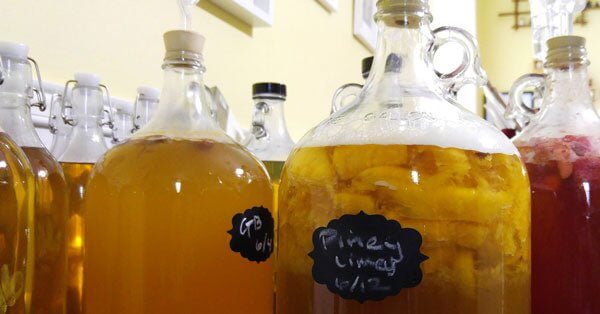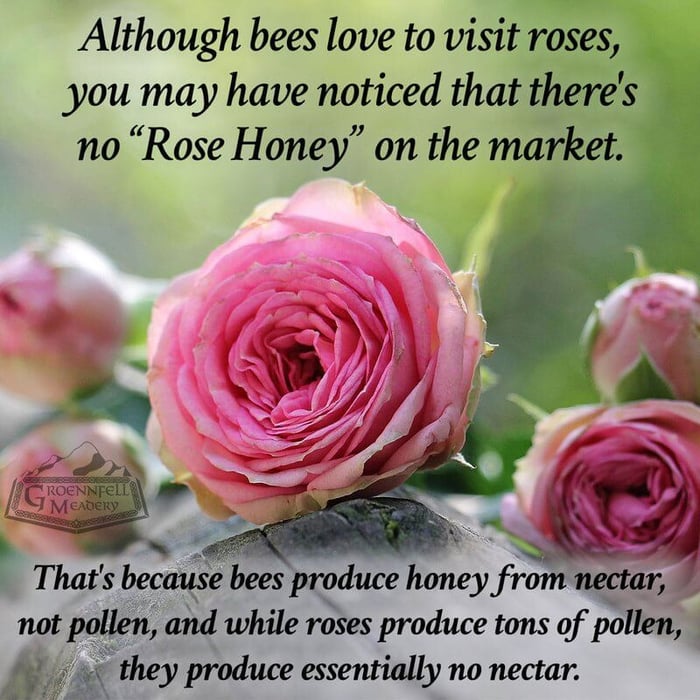Why don’t homebrewers just sell their own mead?
While speaking with a customer on Groennfell’s Facebook Messenger chat about Groennfell’s use of wild fermentation, I mentioned that I’m also a homebrewer who collects and brews with wild yeast. The customer asked the next natural question: “Why don’t I go commercial with my own mead?”
Of course I love my homebrews and feel a huge sense of satisfaction and accomplishment when I’m drinking them. But there are a ton of things that I can’t do (or don’t want to do) that a commercial meadery can.
In my case, I have trouble with carbonating, but there can be any number of challenges a homebrewer may run into: the retail cost of honey, the mess, and for anyone thinking about transitioning to commercial meadmaking, the licensing (to name a few).
Why commercial meaderies should support grassroots homebrewing
 The first time I ever visited Groennfell was as a customer in 2016 when the mead hall was still in Colchester. This is Ricky and Kelly trying my homebrew and giving me tips!
The first time I ever visited Groennfell was as a customer in 2016 when the mead hall was still in Colchester. This is Ricky and Kelly trying my homebrew and giving me tips!
In addition to publishing what others might squirrel away, every few weeks Ricky (Groennfell’s co-owner and head meadmaker) puts out an episode of his Youtube show, “Ask the Meadmaker,” in which he discusses crowdsourced homebrew-centric mead questions.
In any other industry, this approach may have backfired. But the brewing industry, as I’ve learned, isn’t like any other industry.
If there’s anything to take away from how Groennfell and Havoc have done things, it’s that sharing is caring – about the industry as a whole, the mead culture on a state and national level, and, by the collective gains made in those two areas, about one’s own company.
Make our classic mead: Valkyrie’s Choice
Essentially, you’re simply mixing honey, water, and yeast in the right proportions.
Valkyrie’s Choice Clone Recipe
5 Gallon/19L
OG = 1.062
FG = .998
ABV = 8.5% abv.
Ingredients:
- 9 lbs Raw Wildflower Honey
- 4.5 Gallons Water
- 1 oz. Wyeast Wine Yeast Nutrient
- 5 Campden Tablets (if desired)
- 5 packets Lalvin D-47 yeast
Step by Step
Combine the first four ingredients at 104°F (40°C) stirring vigorously to aerate.
Wait 24 hours for the sulfites to do their thing, then sprinkle the dry yeast over the top of the must.
Maintain the fermentation at about 86°F (30°C).
Bottle (with priming sugar) or keg when bubbling has completely stopped (should be 8-10 days).
Enjoy in a week or two!
Author
Jess Trebing is the marketing director for Groennfell and Havoc Meaderies, as well as an amateur homebrewer. Her favorite Netflix and mead combo is Schitt’s Creek and Valkyrie’s Choice.






